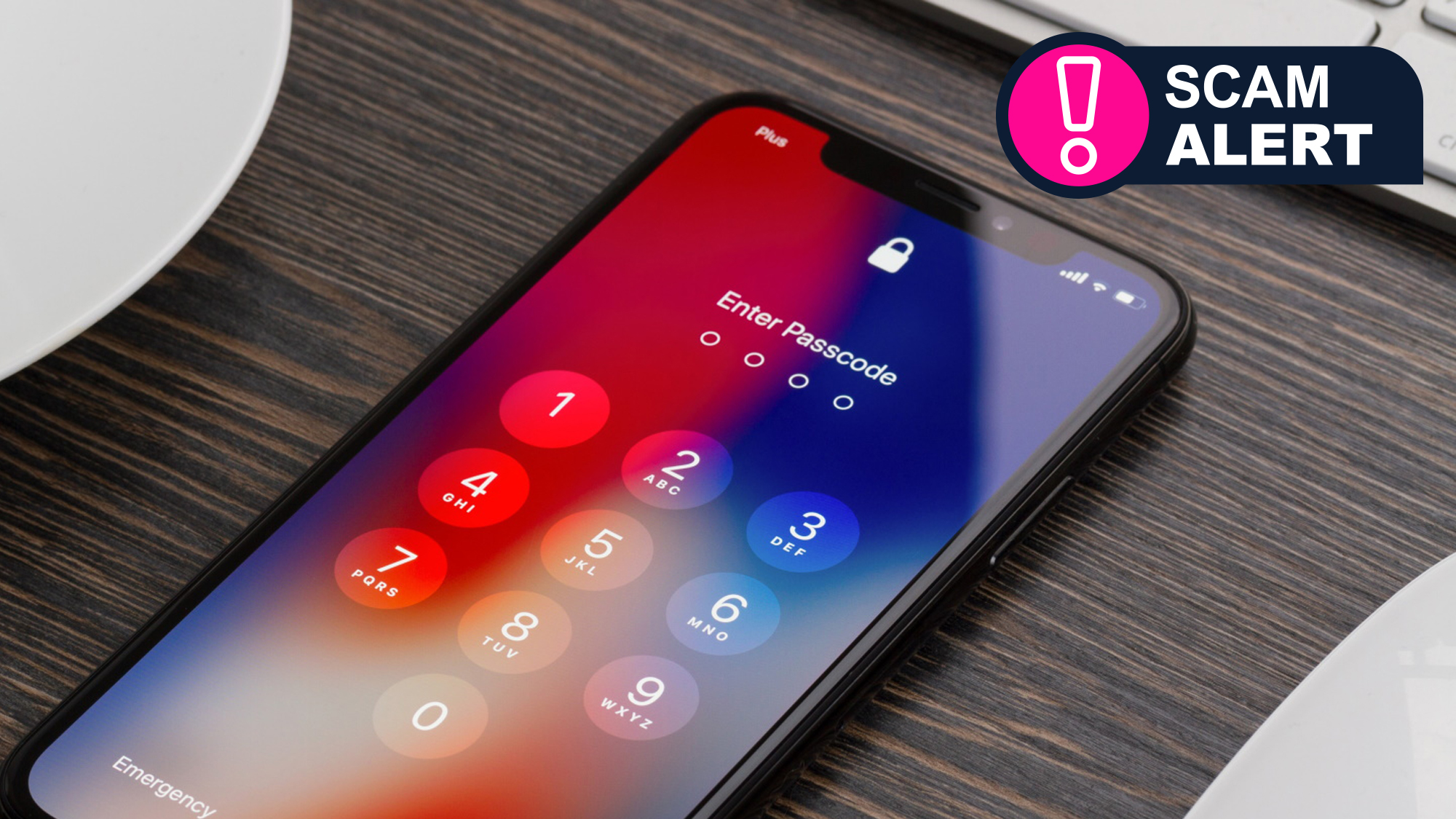Millions at risk as malicious PDF files designed to steal your data are flooding SMS inboxes - how to stay safe
Trusted PDFs turn toxic as smaller screens face bigger risk

- A new phishing campaign is targeting businesses and individuals in over 50 countries
- Experts warn attackers are hiding malicious links in PDFs using a never-before-seen obfuscation technique
- Use the best antivirus software and activate advanced mobile threat defense solutions
PDF files, long considered a safe and reliable way to share documents, are now being weaponized by cybercriminals in a sophisticated phishing campaign targeting mobile users.
New research from Zimperium’s zLabs team claims this new threat involves malicious PDFs delivered via SMS messages whose senders impersonate the United States Postal Service (USPS).
Attackers are using advanced techniques to hide malicious links within the files, exploiting the trust users place in the format to steal sensitive data.
Get Incogni at 55% off with code TECHRADAR
Remove your personal information from the internet with ease. Incogni protects your online
identity and reduces unwanted robocalls and spam emails.
Preferred partner (What does this mean?)
Why mobile users are vulnerable
This campaign reportedly targets organizations and individuals in over 50 countries with over 20 malicious PDF files and 630 phishing pages identified so far.
Attacks commence once the victim clicks on the malicious link hidden in the PDF; usually containing requests for personal information, including names, addresses, and credit card details.
Mobile devices are considered especially vulnerable to this type of attack because, on smaller screens, users have limited visibility into file contents before opening them.
Malicious links in these PDFs are even more difficult to detect than usual, because the attackers aren't using the standard /URI tag to embed links, allowing the malicious content to evade detection by traditional endpoint security software.
Are you a pro? Subscribe to our newsletter
Sign up to the TechRadar Pro newsletter to get all the top news, opinion, features and guidance your business needs to succeed!
“Although USPS has no involvement, cybercriminals exploit its trusted name to mislead and target users,” said Nico Chiaraviglio, Zimperium zLabs' Chief Scientist.
“This campaign shows the growing sophistication and continued rise of mishing attacks, emphasizing the need for proactive mobile security measures,” he added.
How to protect yourself
One of the most effective ways to stay ahead of this type of attack is to verify the sender’s details, and the metadata of any attachment you open; even more important measures to take as business email attacks are becoming a bigger threat than ever for businesses.
You may also want to avoid clicking on links embedded in PDFs or SMS messages. Instead, navigate directly to the official website or use the organization’s mobile app.
Furthermore, to stay safe from malware on mobile devices, ensure you’re using the best Android antivirus or best iPhone antivirus software.
You may also like
- Check out our top picks for the best malware removal software right now
- We've also listed the best firewalls available
- Common internet scams and how to avoid them

Efosa has been writing about technology for over 7 years, initially driven by curiosity but now fueled by a strong passion for the field. He holds both a Master's and a PhD in sciences, which provided him with a solid foundation in analytical thinking. Efosa developed a keen interest in technology policy, specifically exploring the intersection of privacy, security, and politics. His research delves into how technological advancements influence regulatory frameworks and societal norms, particularly concerning data protection and cybersecurity. Upon joining TechRadar Pro, in addition to privacy and technology policy, he is also focused on B2B security products. Efosa can be contacted at this email: udinmwenefosa@gmail.com
You must confirm your public display name before commenting
Please logout and then login again, you will then be prompted to enter your display name.
